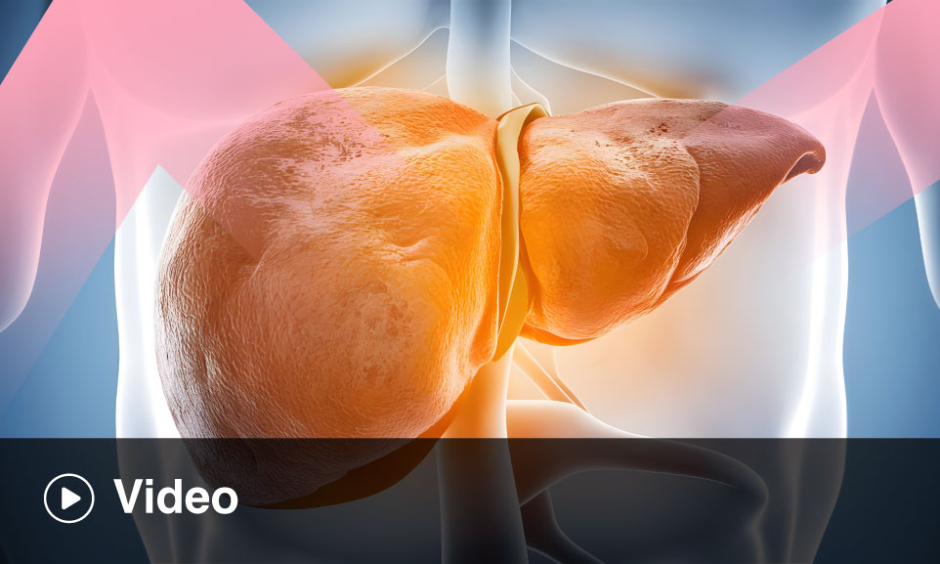BACKGROUND AND AIM
Early recognition of liver fibrosis will be a challenge that continues in the coming years and should be performed by general practitioners (GP). The fibrosis-4 (FIB-4) test is one of the simplest, free-of-charge, noninvasive scoring tests based on age and routine laboratory parameters that has been shown to rule in/out significant fibrosis.1 The authors of this study aimed to prospectively measure, using FIB-4 scores, the prevalence of significant liver fibrosis in adults without known liver disease who had consulted a GP. The authors compared this test with two others: nonalcholic fatty liver disease fibrosis score (NFS) and the FibrometerV3G test. The prevalence of the main risk factors (obesity, diabetes, alcohol consumption, and hypertension) and their link with fibrosis scores was then explored, as well as a reconsideration of a possible cause of liver disease in patients who tested FIB-4 positive.
METHODS
Over a 6-month period, 40 GP from the French Alpes Maritimes area offered all of their 45–79-year-old primary care patients, without known liver pathology, liver fibrosis screening via a simple blood test to allow for calculation of three noninvasive fibrosis scores.
RESULTS
Of the 2,121 patients included, 39% had a BMI >25; 13% consumed >100 g of alcohol per week; 10% had diabetes; and 29% had hypertension. The prevalence of significant liver fibrosis, according to age,2 was 19.1% (95% confidence interval [CI]: 17.5–20.9%) by FIB-4. By comparison, prevalence was 16.8% (CI: 15.0–18.5%) by the NFS and 8.2% (CI: 6.9–9.6%) by the FibrometerV3G test. Univariate analyses showed that all risk factors (obesity, diabetes, alcohol consumption, and hypertension) were significantly associated with significant fibrosis, independent of the test scores, except for diabetes using FIB-4 testing. Information on a possible cause of liver disease was obtained from 295/406 FIB-4-positive patients. GP reconsidered a cause of liver damage in 65% of cases: 97 of these were nonalcholic fatty liver disease cases, 48 were linked to alcohol consumption, 24 were linked to both, and 24 had other related causes. Specialist advice was requested for 65/406 patients. Among the 62 patients with interpretable liver stiffness measurements, 13 (21%) had a measurement of >7 kPa. The percentage of significant fibrosis, according to the 7 kPa threshold, was significantly higher in patients with a FIB-4 >2.67 and in those with a cause of liver disease, who need to be confirmed in priority.
CONCLUSION
Liver fibrosis was suspected by FIB-4 scores in 19.1% of patients who had consulted a GP and were without known hepatic pathology. The detection of significant fibrosis by a simple blood test such as the FIB-4 allowed the GP to suspect a chronic liver disease, and to define its cause, in two-thirds of cases. Widespread FIB-4 testing could be automatically generated as soon as the transaminase and platelet levels are measured, which should allow earlier detection of chronic liver diseases.

![EMJ Hepatology [Supplement 2] ILC Congress Review 2020](https://www.emjreviews.com/wp-content/uploads/2020/10/EMJ-Hepatology-8-Suppl-2-Feature-Image-940x572.jpg)






